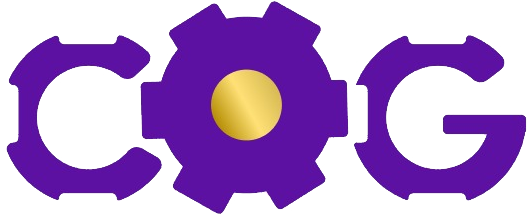In today’s rapidly changing business landscape, the key to long-term success lies in recognizing that employees are the heart and soul of any organization. By prioritizing their needs and creating a supportive work environment, forward-thinking companies can foster a motivated, engaged, and high-performing workforce. In this blog post, we’ll explore the benefits of putting employees first. We’ll provide actionable strategies to drive success by making their well-being a top priority.
Cultivate a Positive Work Culture
Positive work culture is the foundation of a thriving organization. Nurture an environment where employees feel valued, appreciated, and encouraged to express their ideas. Recognize and celebrate their contributions, fostering belonging and camaraderie among team members.
Listen and Act on Feedback
Actively seek and listen to employee feedback to understand their needs and concerns. Regular surveys, town hall meetings, and one-to-one conversations are effective ways to gather insights. Use this feedback to implement meaningful changes that address their pain points and improve overall workplace satisfaction.
Foster Work-Life Balance
Encourage a healthy work-life balance by offering flexible work arrangements and respecting personal time boundaries. Recognize that employees’ well-being outside of work directly impacts their performance and productivity. Support their personal interests and family commitments.
Invest in Professional Development
Empower employees to grow and develop personally and professionally. Provide opportunities for skill enhancement, training programs, workshops, and mentorship to help them reach their full potential. A focus on continuous learning leads to a more skilled and adaptable workforce.
Prioritize Health and Wellness
Recognize the importance of physical and mental well-being in success. Implement wellness programs, offer gym memberships, or provide counseling services. A healthy workforce is more resilient, creative, and capable of overcoming challenges.
Provide Clear Career Paths
Offer a clear career growth trajectory for employees. Transparent career paths motivate employees to excel in their roles, knowing their efforts contribute to their advancement. Encourage internal promotions and provide guidance on how to achieve career goals within the organization.
Promote Inclusivity and Diversity
Foster an inclusive and diverse workplace that embraces different perspectives and experiences. Cultivate an environment where everyone feels valued and respected, regardless of their background. Diverse teams are more innovative and better equipped to solve complex problems.
Recognize and Reward Achievements
Ensure that you recognize and reward outstanding performance and achievements. Recognizing employees’ hard work boosts morale, reinforces positive behavior, and encourages others to excel. Create a culture of appreciation where employees feel valued for their contributions.
Putting employees’ needs first is not just a feel-good gesture; it is a strategic approach to driving long-term success for any organization. A content and engaged workforce leads to higher productivity, lower turnover rates, and improved overall performance. By fostering a supportive work environment that values employees as the backbone of the organization, forward-thinking companies can create a positive ripple effect that extends to their customers, stakeholders, and the broader community. Invest in your employees, and they will invest in your organization’s success.
©️All rights reserved Taru Agarwal 2023








